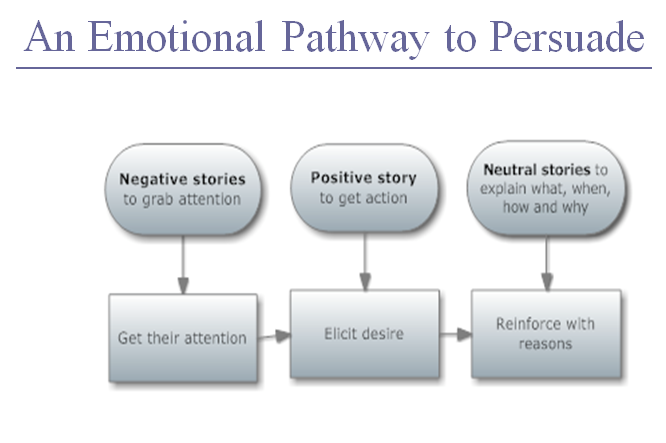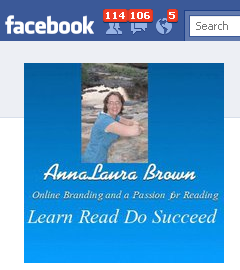 Good stories are what make a blog interesting and fun to read. More importantly, if you’re trying to influence people to buy into your ideas and ultimately your business, there is evidence that stories work better than facts.
Good stories are what make a blog interesting and fun to read. More importantly, if you’re trying to influence people to buy into your ideas and ultimately your business, there is evidence that stories work better than facts.
A 2007 study by Jennifer Edson Escalas, a marketing researcher at Vanderbilt University, found that people had more positive reactions to advertisements that were presented in a story form than to ads that were factually straightforward about the products.
In another study, when information was labeled as fact, it was subjected to critical analysis. Apparently humans have a tendency to want to make factual information wrong, compared with information labeled as a story, which people accept more easily.
In his book Meatball Sundae, Seth Godin writes, “People just aren’t that good at remembering facts. When people do remember facts, it’s almost always in context.” The way to put facts into context is to transfer them through the use of story. A story is all about context.
So if you’re a professional with a blog, or writing content for your web pages or e-newsletter, what kinds of stories should you be writing? On a blog, it’s easier to do since it’s a personal communication tool. It’s easy to share client experiences and stories about the work you do.
I’ve written extensively about how to craft blog posts, and given you some outlines and templates for structuring blog posts. Most of them center on writing about how to solve a problem for your readers. The best way to gain attention and engage readers is through storytelling.
Here are some ideas for triggering stories: Read More→












